Kriegsspiel by HEY GAL
Introduction
Original SA post Manualfor the
Representation of Military Maneuvers
with the
Device of a War-Game.
1. Background
Old school!
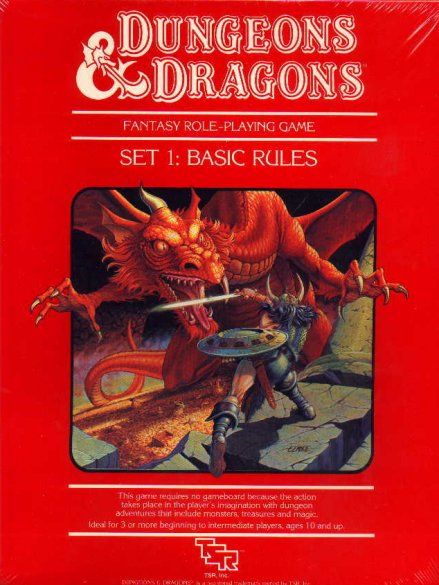
Nope.
Old school!
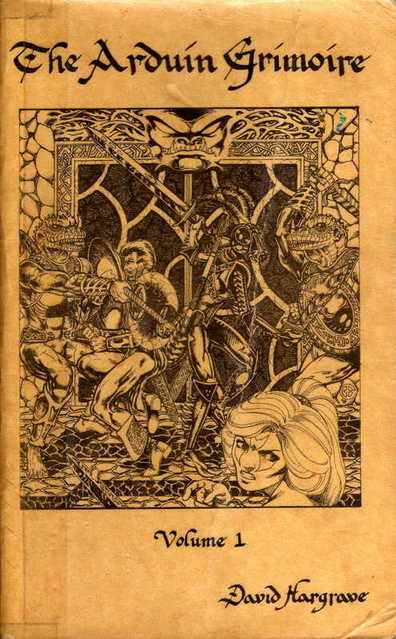
Nope.
Old school?
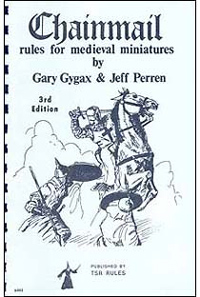
Nope.
Old school:
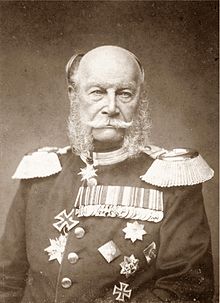
Kind of.
Aw yeah, that's the stuff:
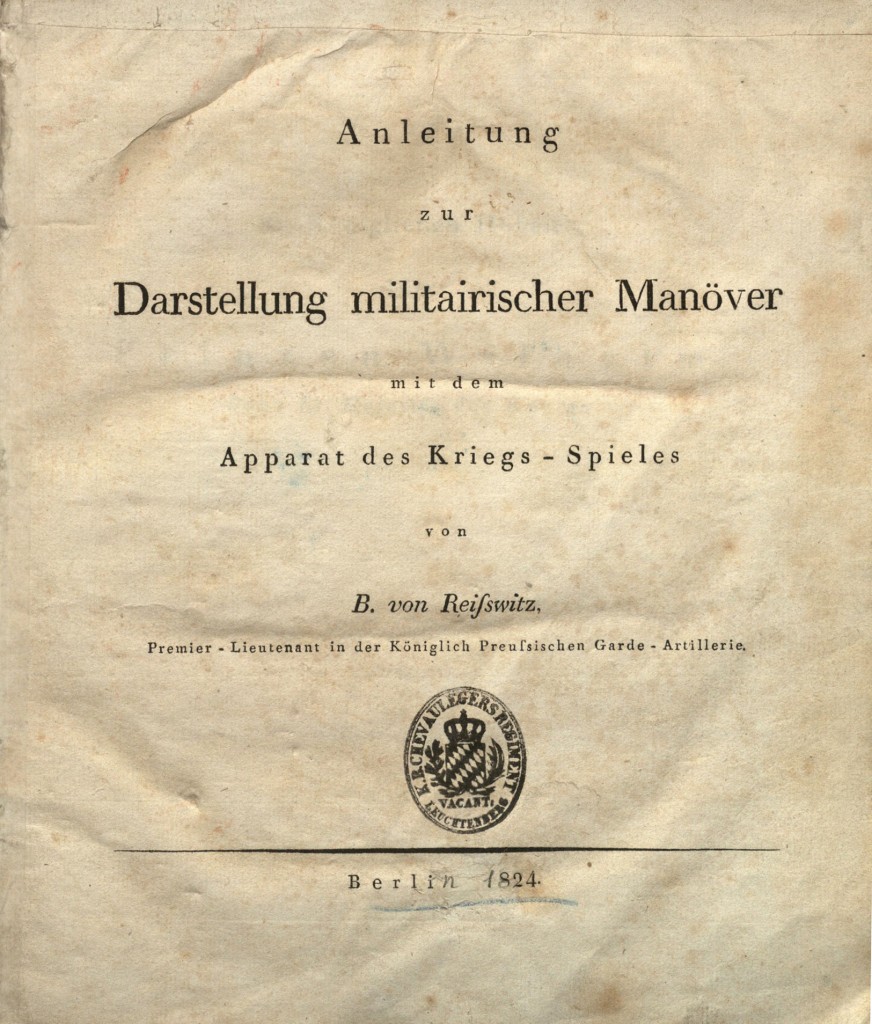
Lieutenant Georg Leopold von Reisswitz, the author of the original Kriegsspiel and the father of the man who published the 1824 edition, was a civil administrator with an interest in military history. He developed the first version of his game in the first decade of the 19th century and presented it to King Frederich Wilhelm III of Prussia in 1812. The King loved it, and became well-known for his fondness for the game, which he played with the Royal Family and his staff; in fact, according to one Kriegsspiel website, Grand Duke Nicholas of Russia (probably the future Tsar Nicholas I, since there were 39 Grand Dukes and nobody else’s dates are correct http://www.angelfire.com/pa/Imperia...ssia/dukes.html ) visited Potsdam in 1816 and 1817 specifically to game with the King of Prussia.
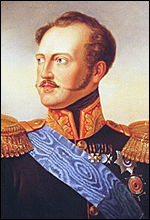
Let me tell you about my epic-level Paladin.
The King’s two oldest sons, Crown Prince Frederich (future Frederich Wilhelm IV of Prussia) and Prince Wilhelm (future Kaiser Wilhelm I--that's the sideburnsy guy up above there), who had been the first to hear about this game when the Captain of Cadets at the Berlin Military Academy happened to mention it to them during a lecture, were also huge fans.
After 1818, Frederich Wilhelm III no longer had the time to organise long-running games, but in 1824 Prince Wilhelm discovered that von Reisswitz’s son, now an artillery officer, had continued to develop his father’s game and had formed a gaming group among the young officers in the Berlin Garrison.
Georg Heinrich Leopold (or Georg Heinrich Rudolf?) Freiherrn von Reisswitz was born at Thorn in 1795. He enlisted as a volunteer in the artillery when he was about 15, and took part in the Napoleonic Wars, including the siege of Glogau in 1813. (Incidentally, this makes a lot of sense considering the type of people who are likely to get into wargaming--the artillery and the engineers are the best educated branches of armies of this period, and they do lots and loots of math.) In 1819 he was promoted to 1st Lieutenant in the Guard Artillery Brigade at Berlin, and while he was at Berlin he formed a small gaming group, which usually met once, sometimes twice, a week testing the developments Reisswitz was making to his father’s game.
By the time Prince Wilhelm found Lt. von Reisswitz, the game had reached the form it would have in the 1824 edition; for example, the scale had been changed, the game was being played on maps instead of a specially constructed table, and, in a decision which was to echo through the centuries, a number of tables were developed where you could roll to determine things like the effects of fire power and losses from hand-to-hand fighting.

Literally years of playtesting, with trained (maybe) military professionals. Your RPG has probably not been refined as much, which is why it doesn't have the subtle elegance of Good Result Dice and Bad Result Dice, and what appears to be (I’ve only read the introduction) an entire different mechanic for “white arms” (edged weapons like swords and bayonets).
Anyway, Prince Wilhelm invited von Reisswitz and his playtesting group to give a demonstration of his version, and it was so successful that he eventually ended up presenting the game to Karl Frieherr von Muffling, Chief of the Prussian General Staff.
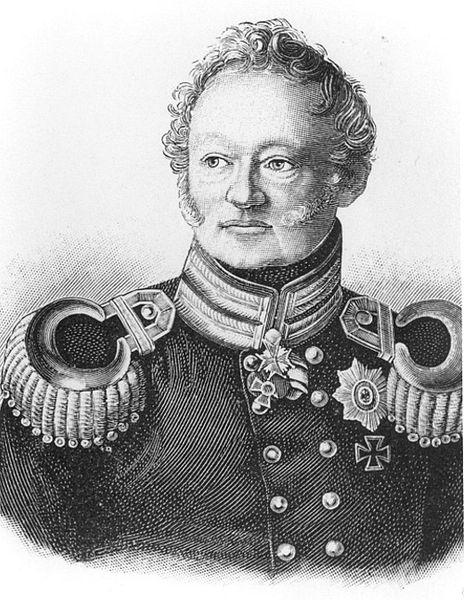
Are there girls there? I want to do them!
Who loved it and recommended it widely, while the King gave instructions that a copy be distributed to every regiment in the army. Von Reisswitz was placed in charge of a factory to make pieces for the game, and he and his group even presented the game in Saint Petersburg, where they stayed for months (Grand Duke Nicholas again
 ). Reisswitz received the Order of St. John from the King in recognition of his invention.
). Reisswitz received the Order of St. John from the King in recognition of his invention.
Unfortunately, here von Reisswitz’s story ends badly. Although he was promoted to captain, the position was with the III Artillery Brigade in Torgau, not in the Guard Artillery, his home outfit, where the Company Chief position was vacant. He saw this as banishment. It's possible that this actually was a form of exile, since the younger von Reisswitz was described as the sort of person who speaks with authority without bothering to think of the social position of his interlocutors (translation:
 ), and it's not beyond the bounds of possibility that during his meteoric rise he made a number of powerful enemies without even knowing the danger his career was in. After moving to Torgau, von Reisswitz grew dissatisfied with his life. In addition to the career problems, being separated from his friends, with whom he had met to game once or twice a week for years, was probably very hard for him. He shot himself in the summer of 1827. The circumspection surrounding his name from then on may have contributed to the fact that, although wargames became popular, their inventor was almost forgotten.
), and it's not beyond the bounds of possibility that during his meteoric rise he made a number of powerful enemies without even knowing the danger his career was in. After moving to Torgau, von Reisswitz grew dissatisfied with his life. In addition to the career problems, being separated from his friends, with whom he had met to game once or twice a week for years, was probably very hard for him. He shot himself in the summer of 1827. The circumspection surrounding his name from then on may have contributed to the fact that, although wargames became popular, their inventor was almost forgotten.
His influence lived on, however. I can’t speak for the high command of other countries--although I do know that the Austrians got disappointed when they learned people didn’t play Kriegsspiel for money--but every member of the Prussian, later German, officer corps until 1918 played wargames as part of their training. All of them.
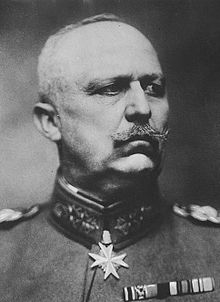
This is the face of a shameless poopsocker.
In terms of theorycrafting, the von Reisswitzs' game represents an important break with the ideas of their day. This is not the first wargame--I’ve heard about early modern wargames, but never found any. And, at the time the senior von Reisswitz was writing, many people were discussing war games or battle simulations. However, these discussions focused on card games as inspiration, or chess. Especially chess, which was overwhelmingly influential. Von Reisswitz’s decisions moved us from abstract games that were kind of like combat to true war-games--for instance, instead of a game board, his game is situated in comparatively realistic physical contexts through which each force could move and with which they had to interact. Just like in real life! Since this game and its later variations were intended and used as training, the hunt for verisimilitude isn’t just something that a bunch of grogs bitch about on the Internet, it’s centrally important. We’ll see more of this later when we look at how information is controlled and deployed within gameplay.
Speaking of realism, we still have the senior von Reisswitz’s original table and equipment for the game, made in 1812 for presentation to the King of Prussia.
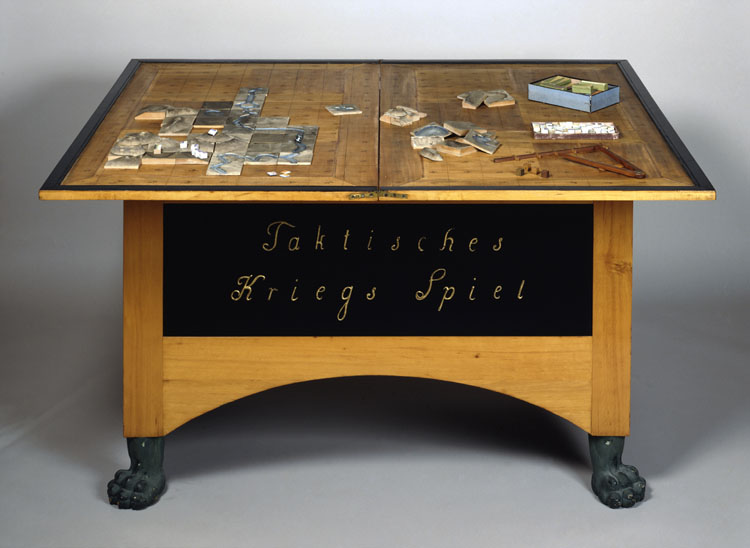
"Tactical War Game." This is serious business.
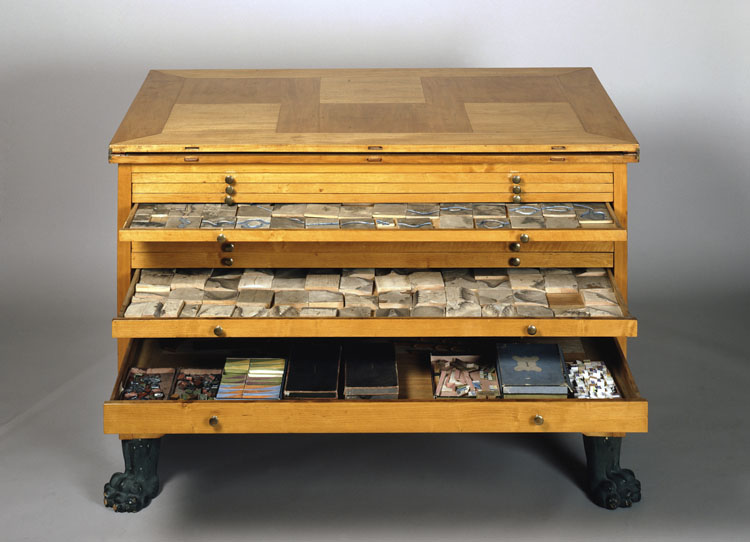
Little drawers for the terrain tiles, the dice, the game pieces, the rulebooks.
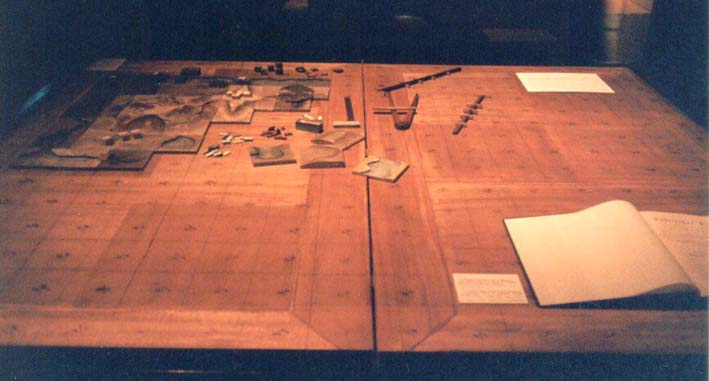
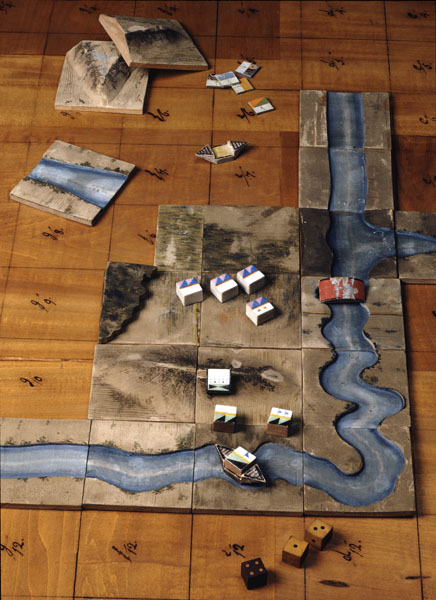
Here you can see the terrain tiles. They're interchangeable, allowing you to run different scenarios every time. I think they're porcelain--not only durable and colorful, but also an important industry in northern and eastern Germany.
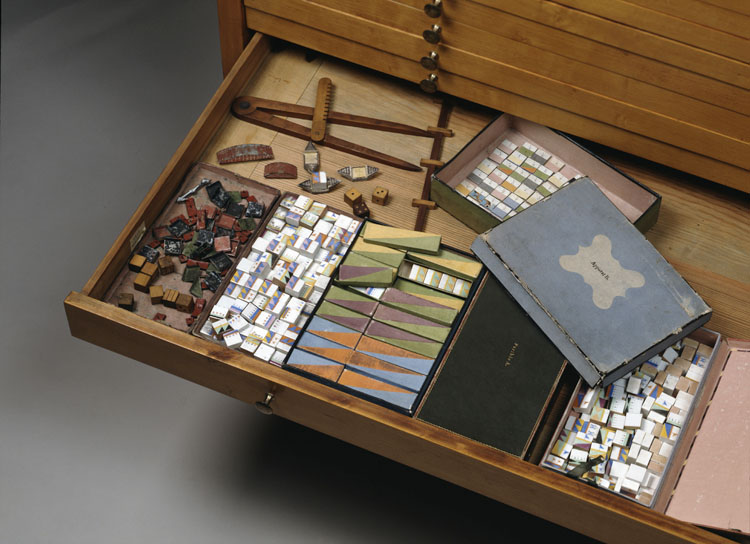
A closer look at the pieces which depict units, some dice, and compasses. You set the compass to a distance corresponding to your movement rate to find out how far you can go per turn.
Onward to the book! The dedication is first, since we’re Prussians and it’s 1824, and this is a matter of state:
quote:
Your Most Serene Highness,
Royal Prince and Heir!
Your Royal Highness, I dare with the deepest reverence to lay this work at your feet, having been encouraged in its public disclosure by outspoken encouragement in the highest places.
I owe to Your Royal Highness the support which is partially responsible for this undertaking, and which lent me the means to reach my projected goal.
Might Your Royal Highness most graciously deign to gather the industry and the care which have been devoted to this topic as a weak token of my thankfulness, and allow the assurance that I will always devote all my powers to display feelings of deepest reverence, with which I remain,
For Your Highness,
your servant,
von Reisswitz.
Berlin, 2 October, 1824
Indeed. This dedication is to Crown Prince Wilhelm, future Kaiser Wilhelm I. Neckbeards and Cheetos in the basement this isn’t.

Or maybe not.
Next up: Author's preface and Introduction! We're going to call the amount of damage, or "hits," each unit can take "Points." That sounds good.
Information about Kriegsspiel in English can be found here:
http://79.170.44.85/kriegsspiel.inu...id=48&Itemid=58
http://79.170.44.85/kriegsspiel.inu...id=15&Itemid=58
Description of the original equipment in English and some photos can be found here:
http://79.170.44.85/kriegsspiel.inu...id=46&Itemid=58
Better photos are here:
http://www.spiegel.de/fotostrecke/k...ecke-42723.html
And a brief article about Kriegsspiel in German:
http://www.spiegel.de/netzwelt/spie...n-a-625745.html